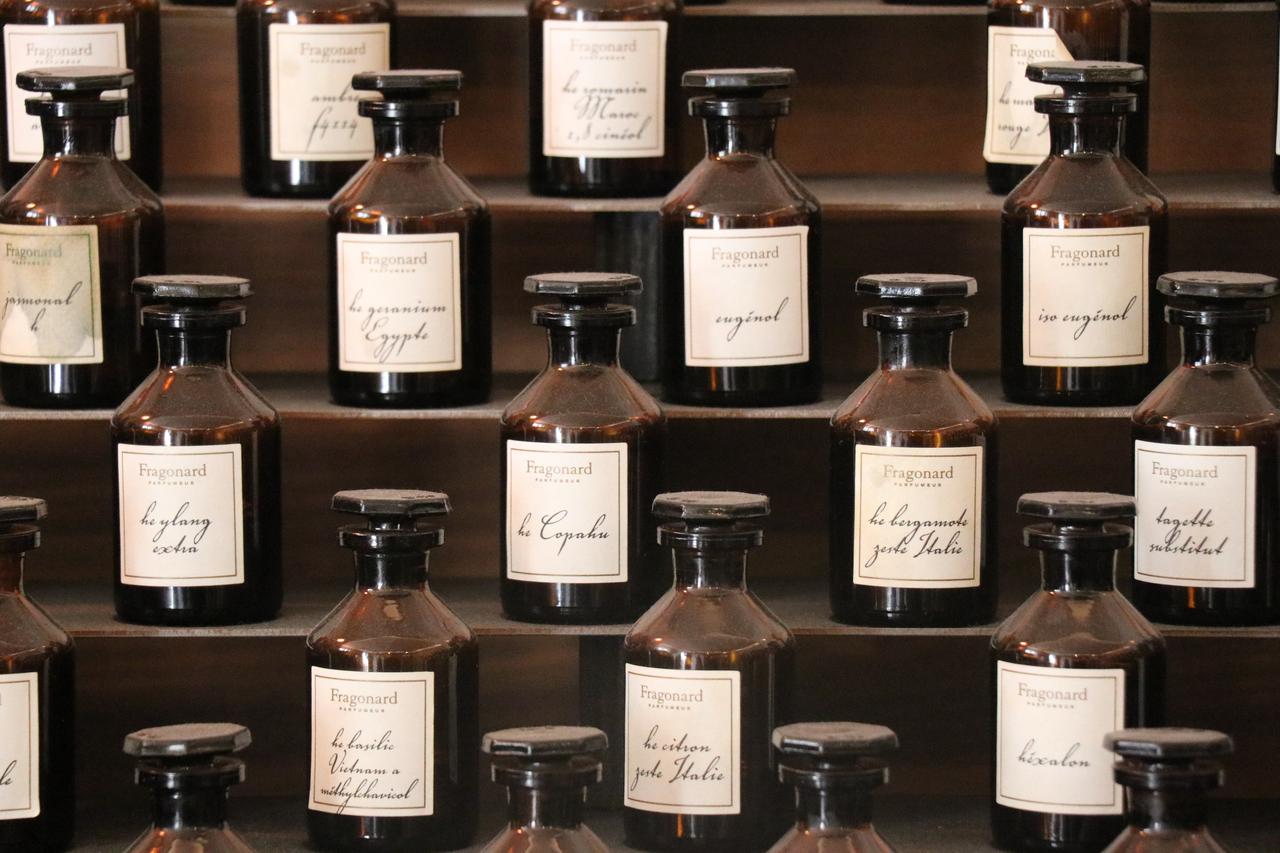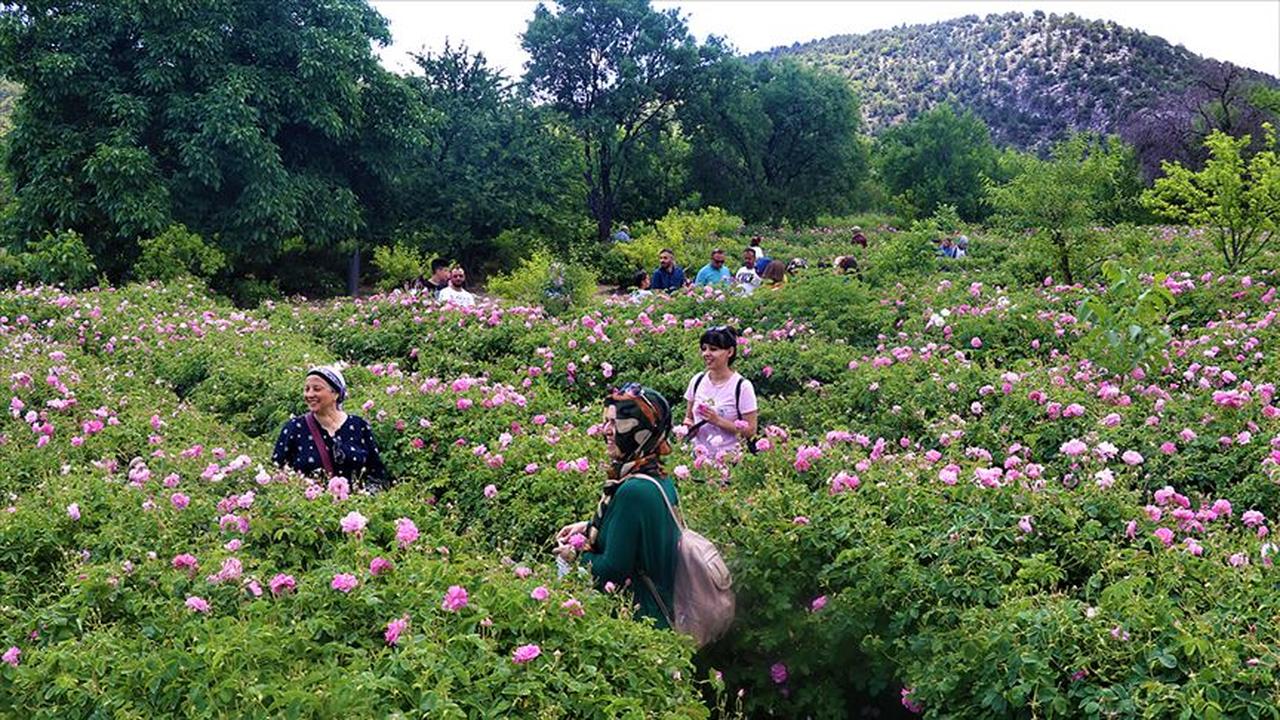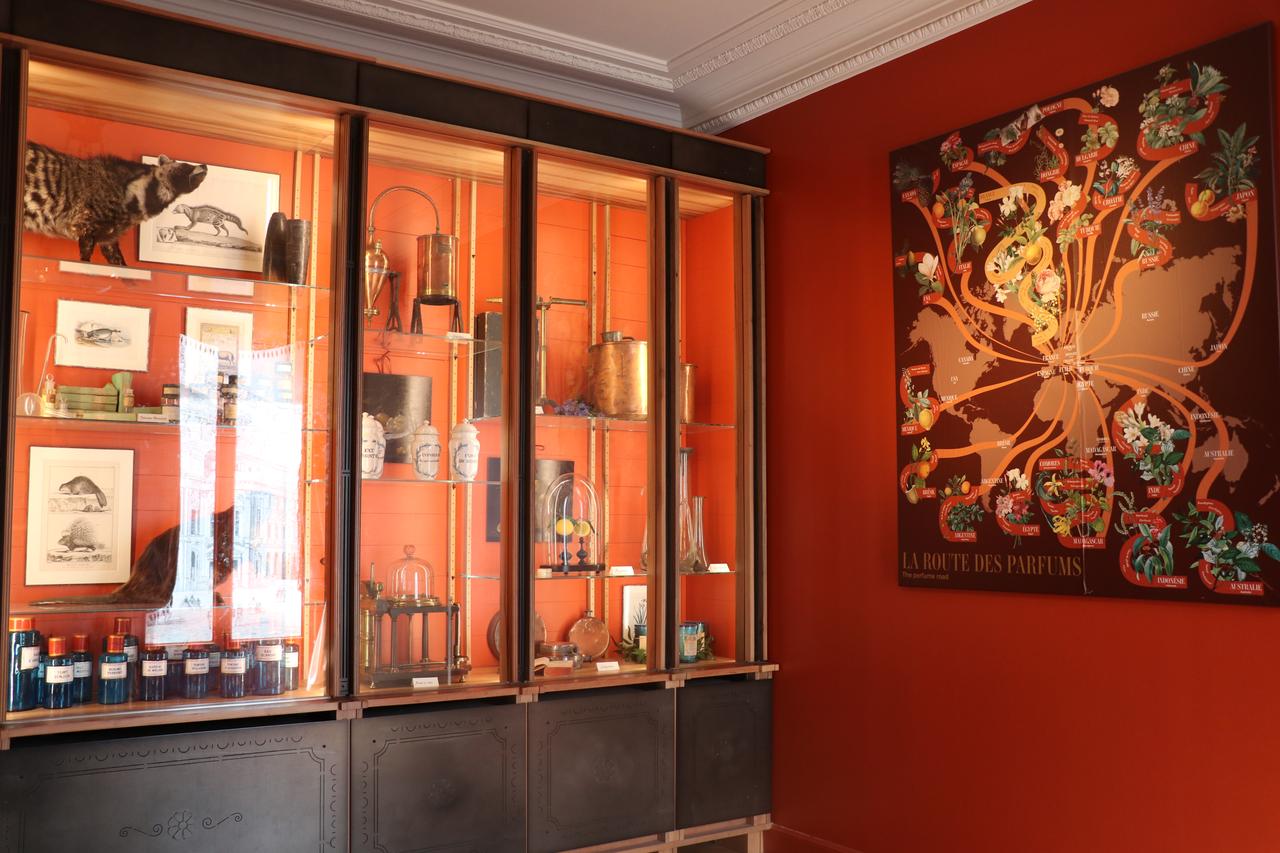
The Fragonard Perfume Museum in Paris showcases the importance of the Turkish rose in French fragrances, tracing the history of scents, bottles, and perfume culture.
Charlotte Urbain, the museum’s culture and communications director, and Nazan Ozarslan, a guide, spoke to Turkish news agency Anadolu about the museum’s history and the evolution of fragrance traditions.
Ozarslan noted that although France has a climate similar to Türkiye, the country sources perfume ingredients from around the world, including vanilla from Madagascar, geranium from Egypt, and roses from Türkiye’s Isparta province.

“There are also very beautiful roses in Romania and Bulgaria, but the Turkish rose is always three steps ahead,” she said.
She added that while the Islamic world flourished scientifically during the Middle Ages, Europe was devastated by the Black Death, which killed up to half of the population.

“At the time, people believed disease came from bad odors,” Ozarslan said, a point echoed by Urbain. “Perfume was used as medicine, and people carried bottles to protect themselves.”
Ozarslan explained that Europeans often avoided bathing, fearing disease spread through water, and highlighted that the Turkish hammam remains a global symbol of bathhouse culture.

“This tradition came to the Ottomans from Rome, and to the Romans from the Greeks. Of course, it goes back as far as Mesopotamia. If today we Turks are carrying this tradition forward, while a French or a German is not, I believe this is something we should be truly proud of,” she said.
She added that perfumes in medieval Europe were extremely heavy, but as hygiene returned and Marie Antoinette’s love of flowers influenced trends, scents evolved into the lighter, more floral, and elegant forms seen today.
While the southern French town of Grasse is famous for flower cultivation and perfume production, the Fragonard Perfume Museum in Paris offers visitors a year-round journey through the history of fragrance.

Visitors can explore the types of scents and perfume bottles used across different eras, as well as the essential oils employed in their making.
Urbain said Jean-Francois Costa, who opened the museum in 1983, was the owner of the Fragonard perfumery in Grasse and a collector of antique bottles and art objects.
“Costa brought together numerous objects that recount the history of perfume, almost from its beginnings,” she said. “The oldest piece on display in the museum dates back to around 3,000 years B.C.”